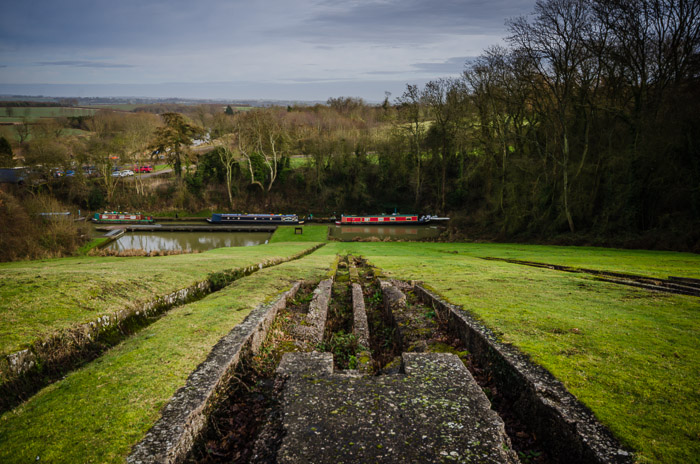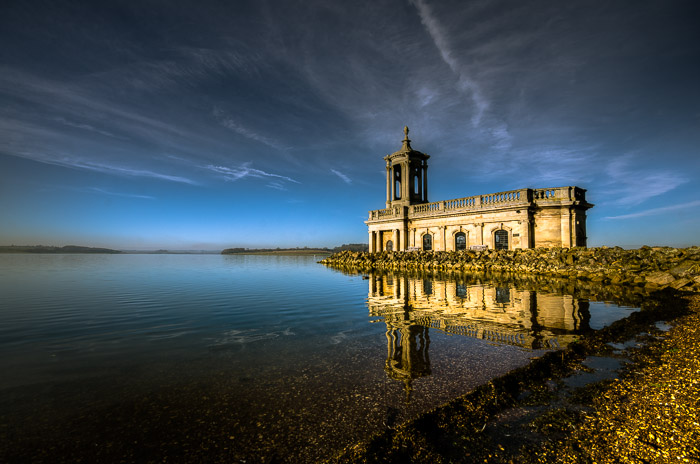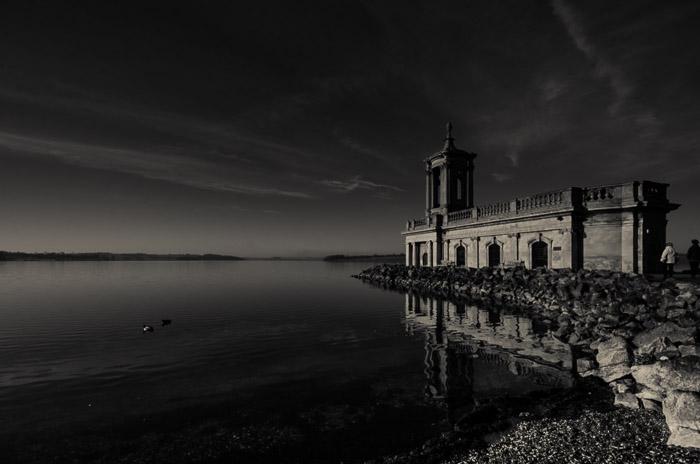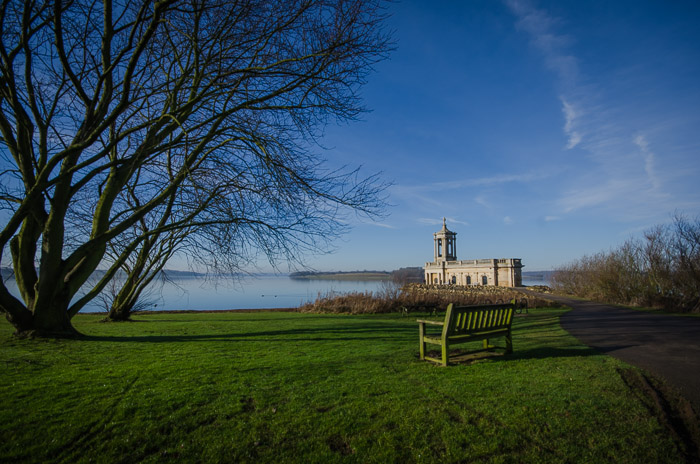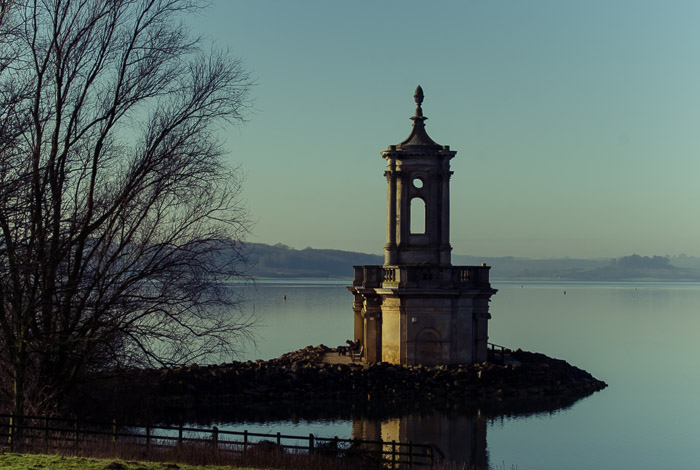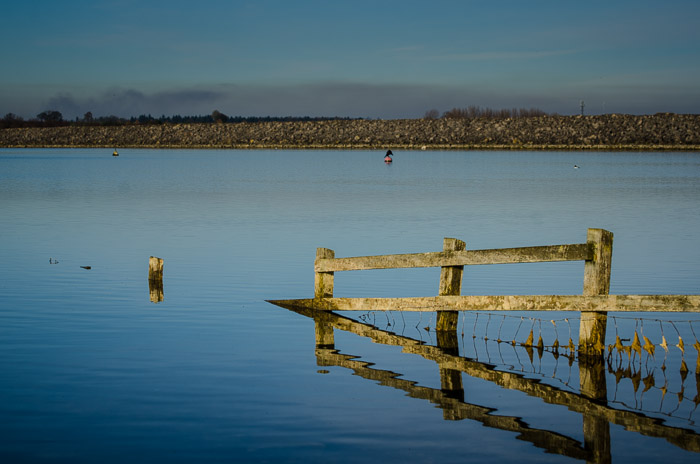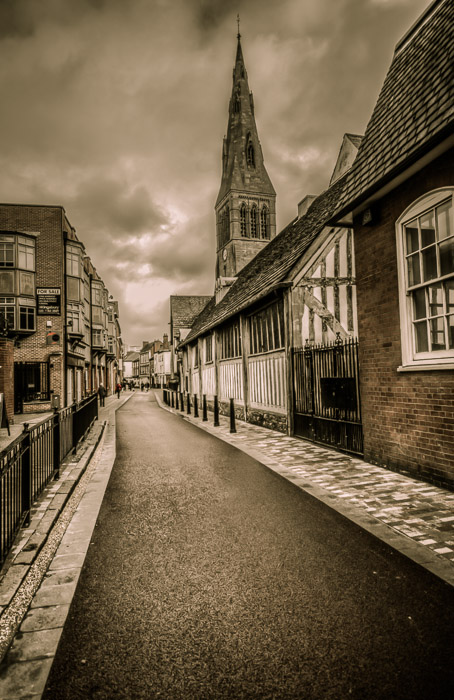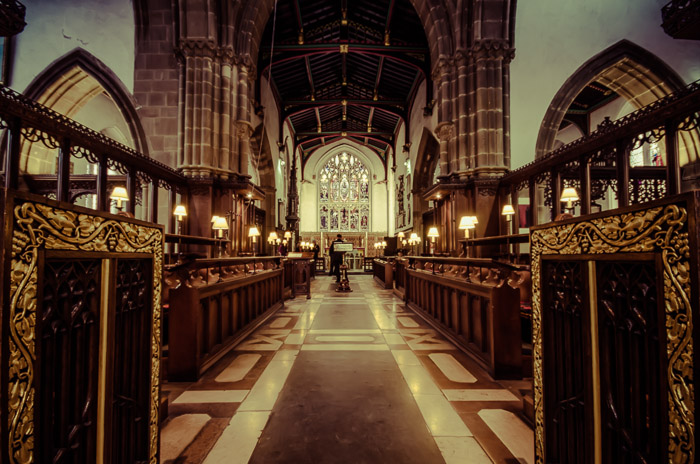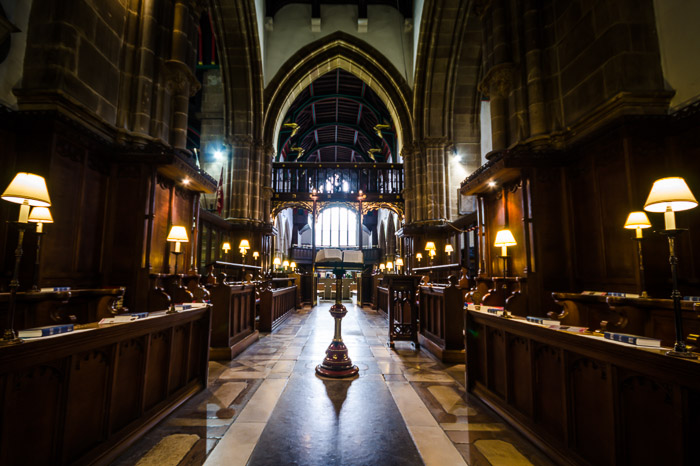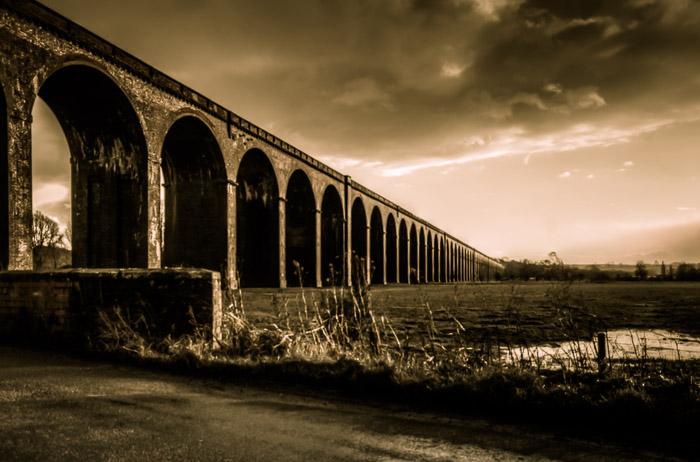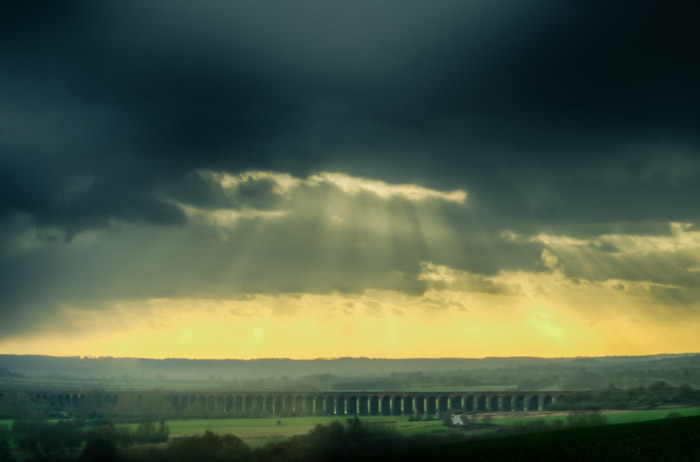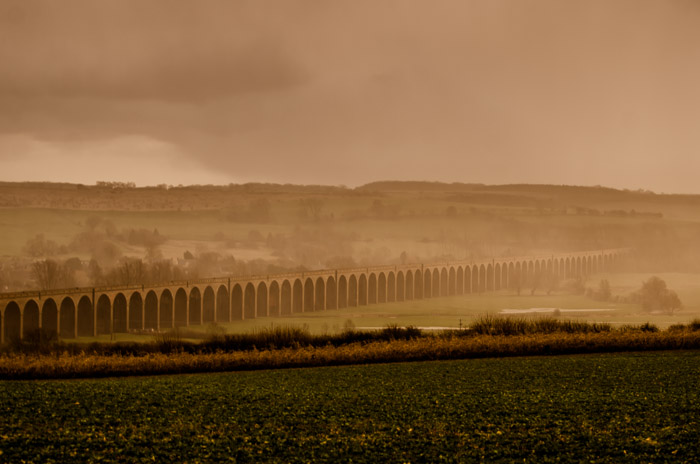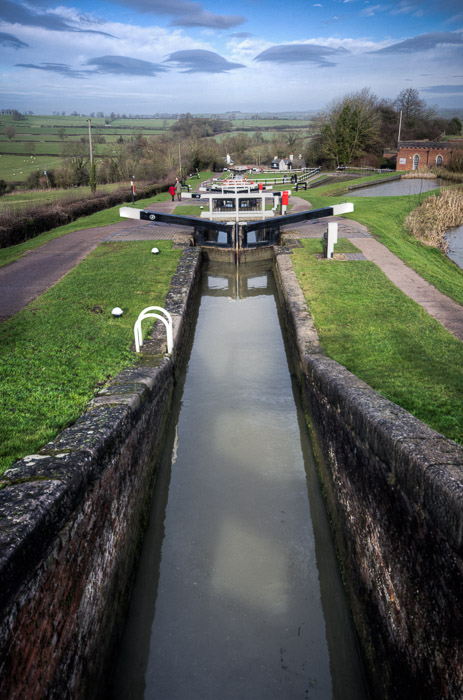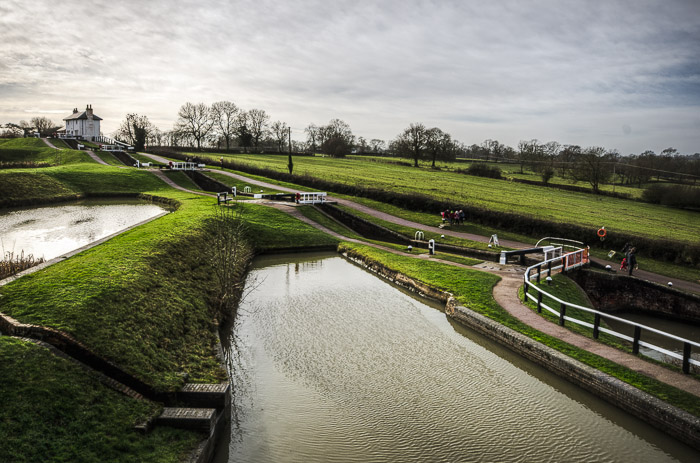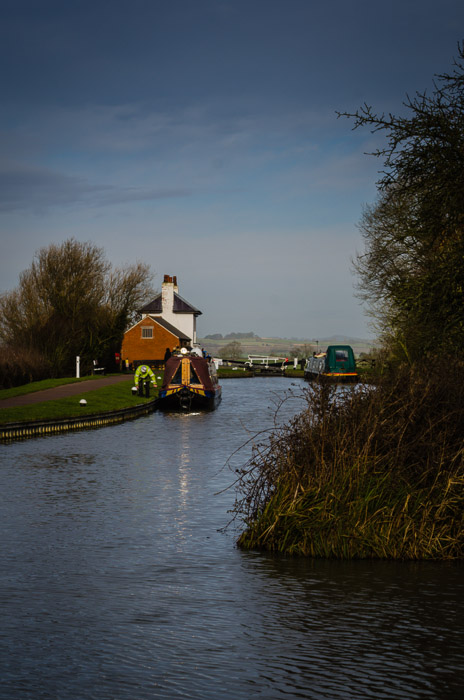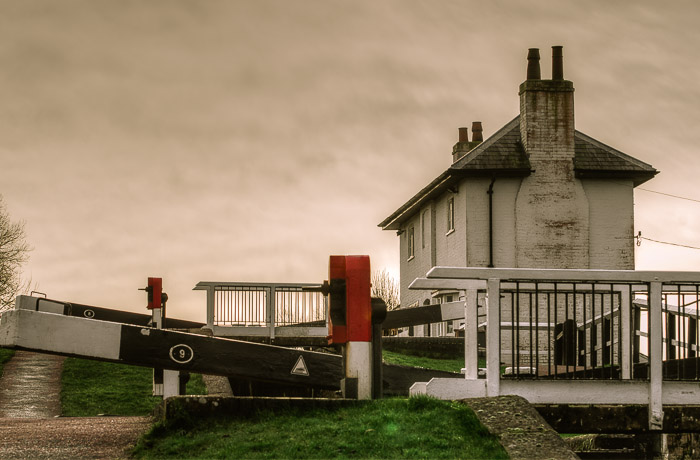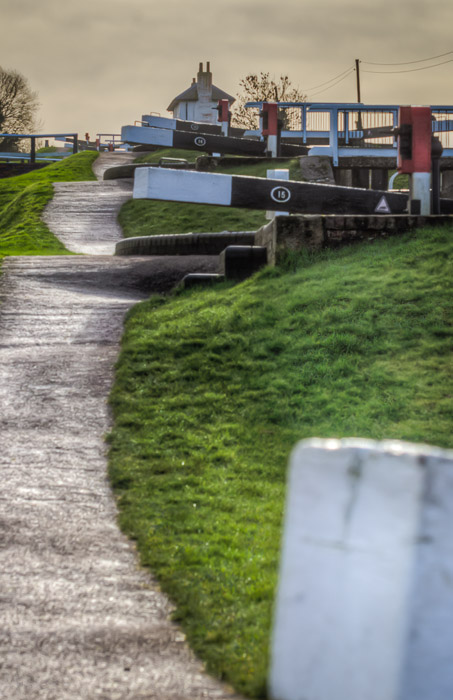I just returned back to Montreal, having spent a few wonderful and relaxing weeks in Leicestershire in the UK.
Despite the British weather being pretty nice for this time of year, I didn’t get to take too many photo’s during my 2 week stay. I did though take my camera out on a few occasions.
I hope to get out shooting Montréal again in the next few days, so until then, here are some pictures from my trip to the UK.
Rutland Water
Whenever I’m back home, I always seem to end up visiting Rutland Water and this year the weather was particularly beautiful when I visited.
Rutland Water is one of the largest artificial lakes in Europe and was opened in 1976. By surface area it is the largest reservoir in England, but by capacity it is exceeded by Kielder Water. Two villages (Nether Hambleton and most of Middle Hambleton) were demolished as part of the reservoir construction. The nearby village of Normanton escaped flooding, although the lower part of the village church had to be supported against water damage leaving the upper part intact.
The reservoir has a 25 mile walking and cycling track around the perimeter, but my favourite spot is Normanton church.
Leicester Cathedral
In 2013 Leicester made headlines around the world with the discovery of the remains of King Richard III buried beneath a car park next to the city cathedral. King Richard III was the last English king to die in battle, killed during the Battle of Bosworth on August 22 1485. Historic records from the time reported his body was returned to Leicester from Bosworth Field and was buried in the Church of The Grey Friars. It was a pretty amazing discovery and you can read more over on The University of Leicester website – The University of Leicester Archaeological Services, along with the Richard III Society and Leicester City Council were the team behind the archaeological dig.
In the first image you can see the spire of Leicester Cathedral behind the Guildhall (built 1390). Prior to being designated a cathedral in 1927, it was the Church of Saint Martin (built circa 1086).
I lived in Leicestershire for the best part of 20 years and think this may have been the first time I actually visited the cathedral. By the time I next visit, hopefully the powers to be will have decided where the final resting place for King Richard III’s remains will be – I’m biased, but hope the decision will be Leicester, not york.
Welland/Harringworth Viaduct
Another shameful admission, given it’s located so close to where I lived in Leicestershire, is that this was the first time I discovered the Welland – also known as the Harringworth – Viaduct. The viaduct dates back to 1878 and is the longest masonry viaduct across a valley in Britain, and pretty impressive to see, both close up and from the distant hills.
The viaduct is just over 1km long with 82 arches (each 40 feet in span) and has a maximum height of 60 feet. The viaduct carries 2 railway tracks and is generally used by freight trains and is a popular line for steam train outings. Fortunately the weather was pretty wild to make up for there not being any steam trains crossing over when I was there.
Foxton Locks
Another place I always visit when I’m back visiting the UK is Foxton Locks. The 10 locks are a popular tourist attraction, even during the winter months…the fact there are 2 pubs at the bottom of the locks is another good reason to visit. There were not that many people (or boats) around when I visited which helped provide some reasonably clear views of the flight of locks.
In addition to the staircase of locks, there are the remains of an inclined plane that opened in 1900 to allow larger boats to traverse the 75ft incline. The plane was powered by a steam engine and used caissons (water filled troughs) to carry boats up and down the incline. Despite the journey time being a mere 12 minutes (compared to the adjacent locks time of 1¼ hrs) the inclined plane was only in use for 10 years and dismantled in 1928.
Today only the foundations for the rails that used to carry the caissons are remaining.
Due to the increase in canal traffic (mainly pleasure craft) there are plans to restore the Foxton Inclined Plane Boat Lift to working order. The first initial phases of repairing the upper and lower docks, cleaning the site and other works have been completed, but whether the inclined plane will return to working order remains to be seen – something I would love to see. Maybe next year when I visit I will have more news 🙂
Thanks for stopping by. I should be back to posting pictures of Montreal tomorrow.
– Martin
Montréal in Pictures
Your virtual guide in and around Montréal
